Phone
832-979-3573
Cathedrals and churches are more than just places of worship; they are enduring symbols of faith, culture, and history. These magnificent structures, often adorned with intricate carvings, stained glass windows, and towering spires, serve as testament to the artistic and architectural achievements of the societies that built them. Whether you’re drawn to the spiritual atmosphere, the historical significance, or the sheer beauty of these sacred spaces, visiting cathedrals and churches offers a profound and enriching experience.
Found in cities and towns around the world, each cathedral and church tells its own unique story, shaped by centuries of devotion, craftsmanship, and community. From the grandeur of Europe’s Gothic cathedrals to the simplicity of rural chapels, these sites invite you to explore the intersection of religion, art, and history. Let’s delve into the allure and significance of cathedrals and churches, where every stone, arch, and altar reflects the spiritual and cultural heritage of humanity.
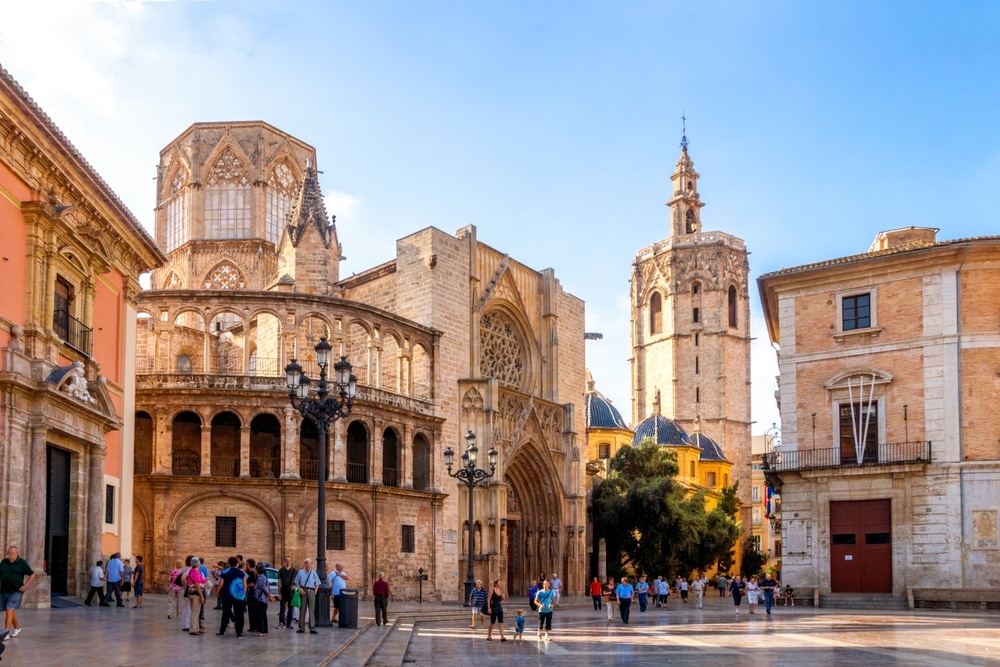
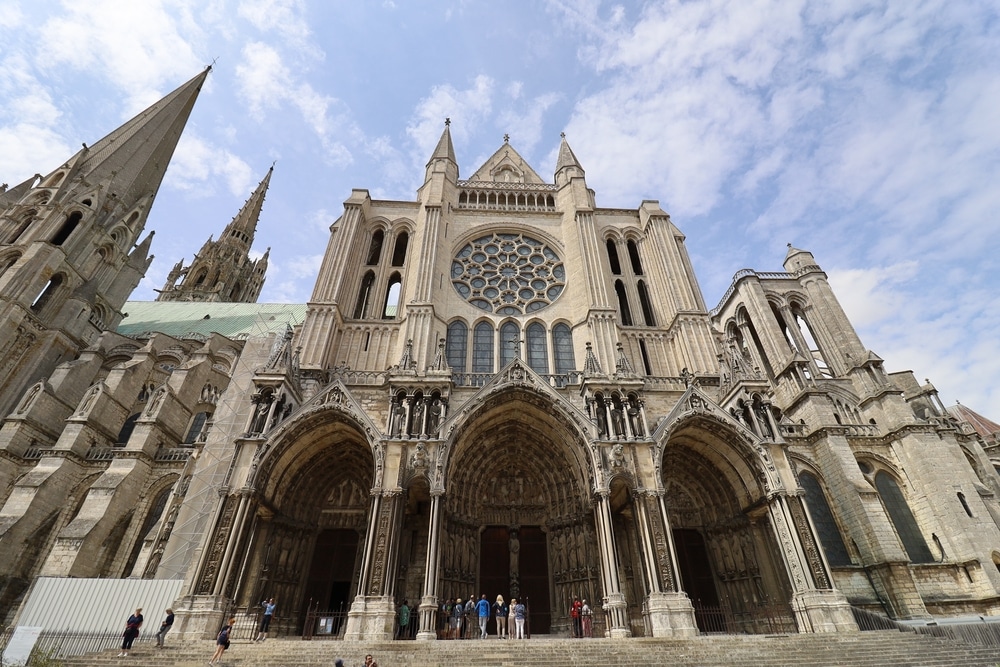
Cathedrals and churches are often celebrated for their architectural splendor, representing the pinnacle of artistic and engineering achievements of their time. Each style, from Romanesque to Gothic to Baroque, reflects the cultural and technological advancements of the era in which it was built.
At their core, cathedrals and churches are places of worship, where people gather to express their faith, seek solace, and find community. The spiritual significance of these spaces is palpable, as they provide a sanctuary for prayer, meditation, and reflection.
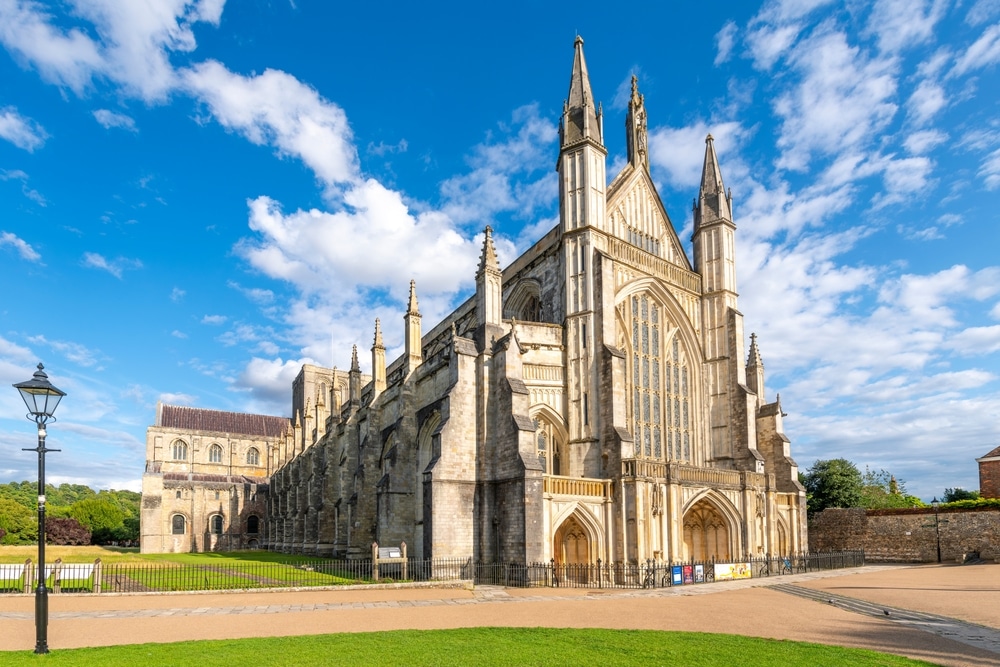
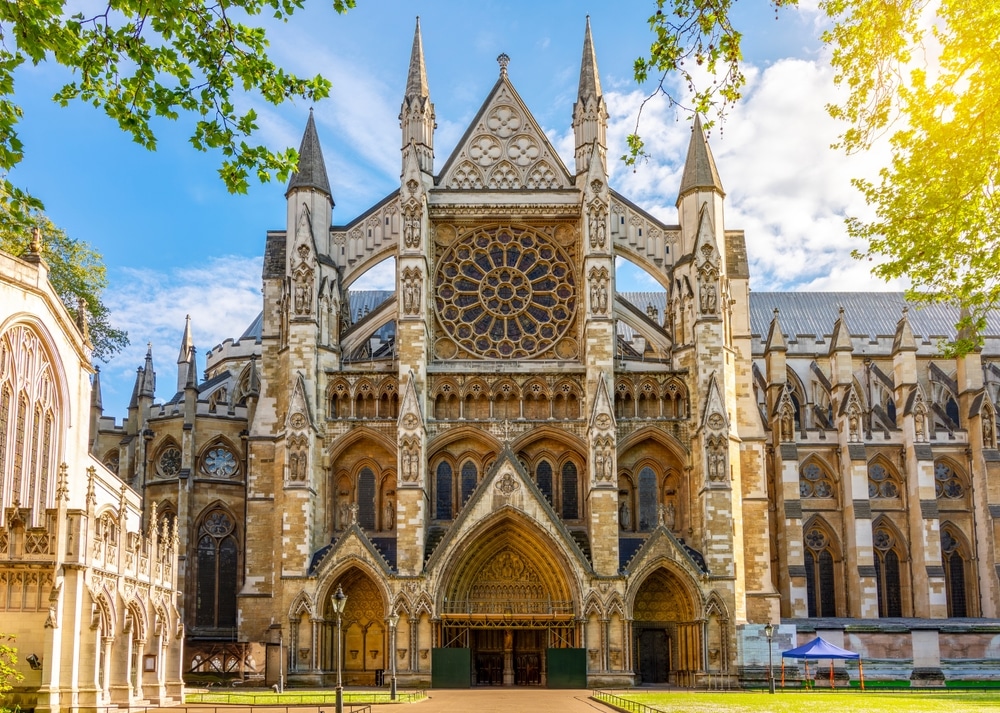
Cathedrals and churches have played a central role in the cultural, social, and political life of communities throughout history. They are often landmarks of historical events, centers of education and art, and symbols of civic pride.
Visiting cathedrals and churches is more than just a sightseeing activity; it is a journey of discovery that offers insights into history, art, culture, and spirituality. Whether you are exploring the grandeur of a famous cathedral or discovering a hidden gem in a small village, each visit provides a unique experience.
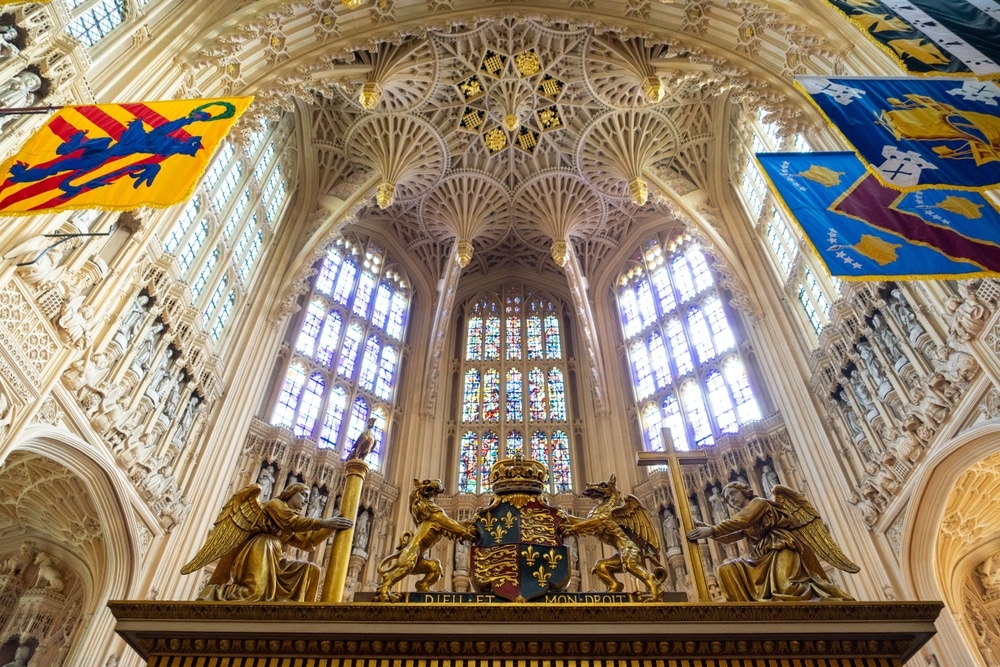
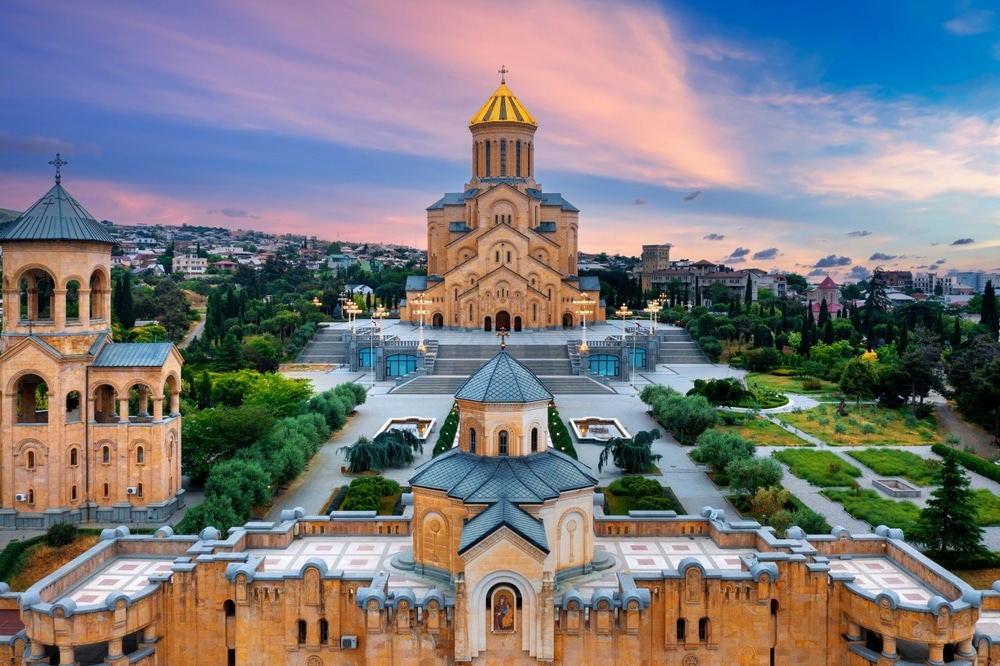
Cathedrals and churches are among the most enduring symbols of human achievement, reflecting our deepest spiritual aspirations and our greatest artistic and architectural accomplishments. Whether you are drawn to their historical significance, their artistic beauty, or their spiritual resonance, visiting these sacred spaces is an experience that touches the soul and enriches the mind.
In a world where the pace of life is often hectic and the demands of daily life can be overwhelming, cathedrals and churches offer a place of peace, reflection, and inspiration. They stand as reminders of the power of faith, the importance of community, and the enduring legacy of human creativity. So whether you’re planning a pilgrimage to a famous cathedral, exploring the churches of a historic city, or simply seeking a moment of quiet contemplation, let the world’s cathedrals and churches guide you on a journey of discovery, wonder, and connection.